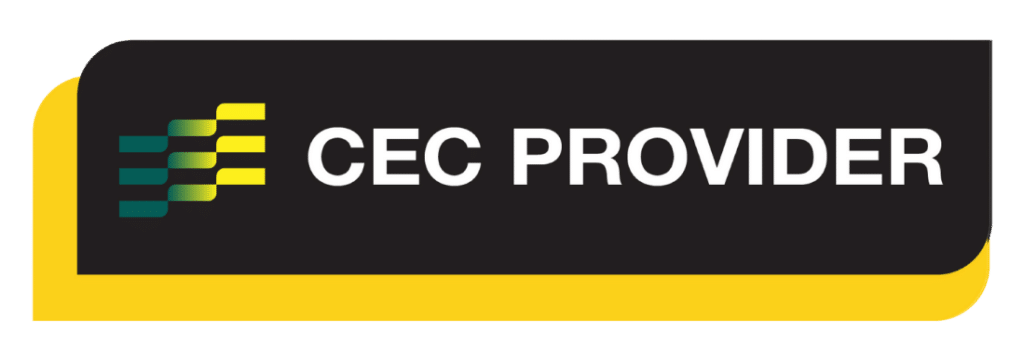Reformer Repertoire
Back Extension:
Swimming Legs
Alternate Names
Swimming, Prone Hip Extension
Derived From
Mat Pilates: Swimming
Primary Element
Mobility
Why for Primary?
To develop range of motion in hip extension (where the leg is moving behind the body, or in this case lifting up against gravity).
Secondary Element
Stability
Why for Secondary?
To strengthen and develop control in the abdominal muscles transversus abdominis to create pelvis and torso stability.
Tertiary Element
N/A
Why Tertiary?
N/A
Repetitions
8-10 switches of the legs
Apparatus Setup
Suggested springs
- Number system: All springs
- Colour system: All springs
- Resistance: heavy in order that the carriage does not move
Foot Bar one position down from vertical, or on many Reformers the top angled position.
Pilates box in the ‘long box’ position with the short edge against the shoulder blocks.
Plane of Motion
Sagittal
Targeted Muscles
The hip extensor muscles to move the leg behind the hip, or in this case upwards.
- Gluteus maximus
- Posterior head of the adductor magnus
- Hamstrings
Warnings
This exercise may be unsuitable for clients where lying prone is contraindicated. It can be done standing or sitting on a chair, watching for pelvis stability throughout and avoiding overextending into the lumbar spine.
This exercise may be difficult for clients with tight hip flexor muscles, as that may restrict their range of motion in the hip extension of the lifting leg. Hip flexor muscle release work or stretches may be beneficial before this exercise to assist with range of motion.
Execution
Lie prone on the long box facing the foot bar with the sternum at the front edge of the box. Place the hands or forearms on the foot bar in line with the shoulders, legs extended and together behind and slightly lifted with the feet plantarflexed.
Slowly lift one leg, lowering it, then lifting the other. Aim to engage the gluteals and then the hamstrings to lift the leg – increasing pace until the movement is continuous like a flutter kick. Aim to maintain a still torso throughout. Inhale for five counts, exhale for five counts whilst performing the movement cycle.
Observations
Do a body scan of the client taking note of the following points
- Head and Neck
- Is the back of the neck long and crease free? A slight retraction of the neck with the chin tucked can help avoid straining the neck
- Pelvis
- Are the hip bones even horizontally or is the client leaning to one side?
- Is the client about to keep a posterior tilt throughout with the pubic bone pressing into the long box? Avoiding over extending in the lumbar spine?
- Legs
- Are the legs lifting and moving from the gluteals and hamstrings? Are the thigh bones creating the lift as opposed to bending from the knees?
Learning Style Technique Cues
Auditory – word associations that connect mind and body
- Engage the back and hip extensors prior to moving, keeping the legs straight and toes pointing or reaching backwards to assist in engagement of the posterior lower limb muscles
- Say the client’s name when you’re about to interact with them
- Bias the pelvis towards a slight posterior tilt in order that you can avoid extending the lumbar spine
Visual
- Imagine you’re swimming in the pool, creating a flutter kick with the legs
- Imagine the torso, from head to tailbone, is still – with the legs moving from engagement of the gluteals, then the hamstrings
- You may demonstrate a part of the movement as a visual representation for the client to see
Kinaesthetic
- Feel the gluteals engage by squeezing the buttocks to initiate the leg lift
Modifications and Variations
Regress the exercise by
- Standing with the hands against a wall for support and creating the movements without the pull of gravity
- Reducing the repetitions and/or pace
- Working on Warm Up: Back Extension Preparation
- Starting with a hip extension exercise that keeps the legs anchored such as Leg Work: Scooter or Leg Work: Lunge where the carriage leg is moving into hip extension
Progress the exercise by
- Increasing the repetitions and/or pace
- Increasing the range of motion and kicking higher
- Lying on a less stable or smaller surface, for example moving the Pilates box to the ‘short box’ position
- Reaching the arms above the shoulders or overhead to create a longer lever to control the abdominals. Add a Magic Circle or prop to hold onto for assistance with keeping the arms in the same place throughout, or add on presses into the Magic Circle whilst holding the posterior pelvic position and thoracic extension
- Progress into Back Extension: Full Swimming
Series and Transitions
This exercise is part of the Swimming series which includes a range of other exercises in the fundamental and progressive repertoire. The Swimming series can also be found in the Matwork and Barrel repertoire.
Transition to Back Extension: Full Swimming by lifting the arms to shoulder height and lifting the torso into thoracic extension ready to combine the movements of Back Extension: Swimming Arms and Back Extension: Swimming Legs together.
Inspired Academy follows the order to create mobility before building strength.
Fundamental repertoire
Progressive repertoire
Swan is also a Back Extension exercise in the progressive repertoire that could be added to the sequence.

